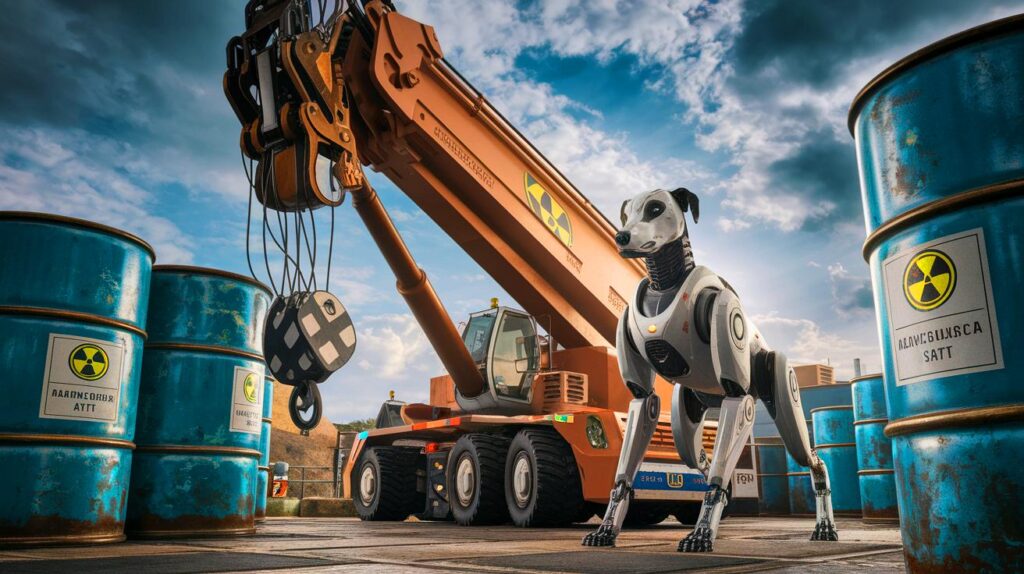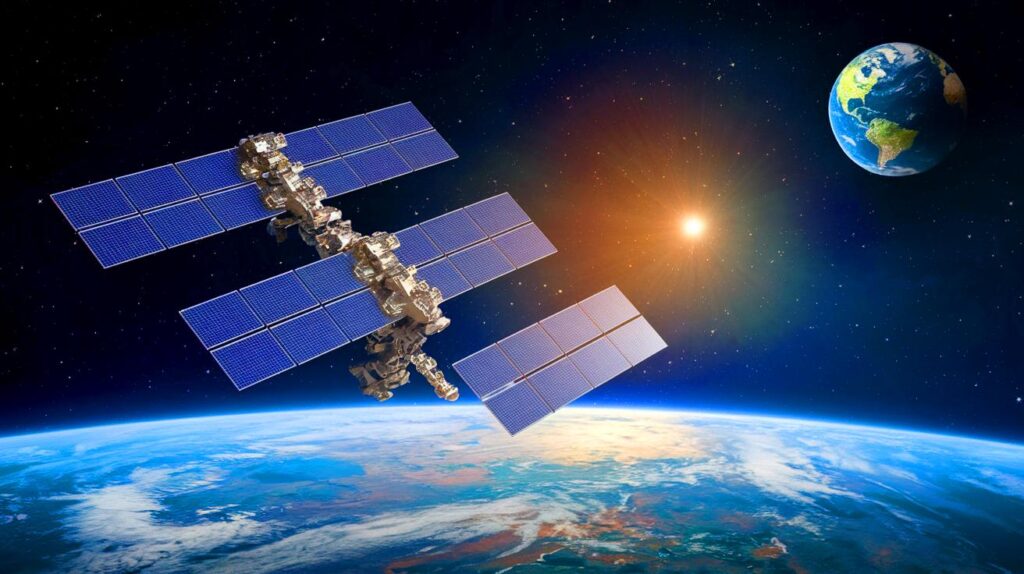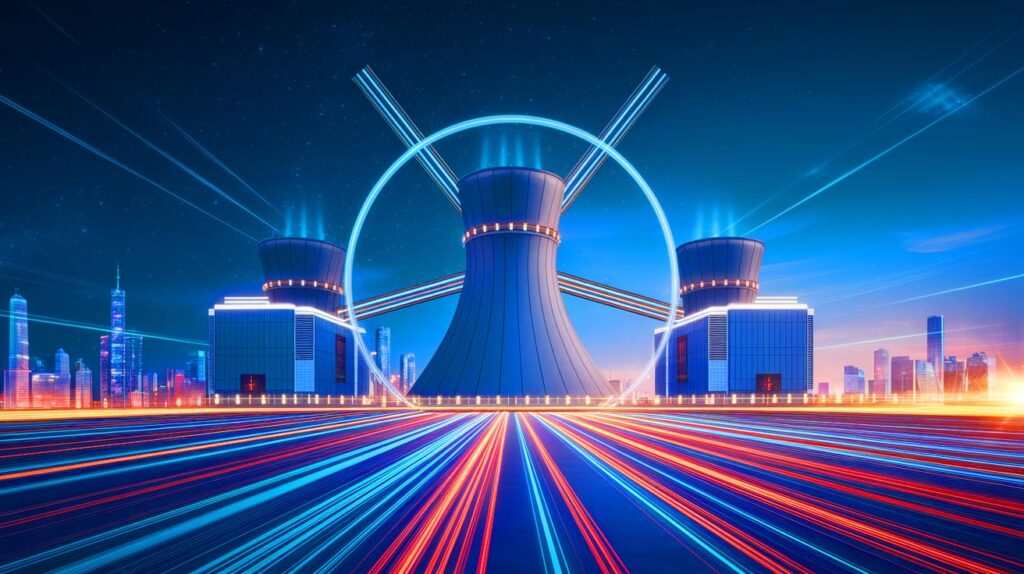| In Summary |
|
The use of advanced technologies to tackle complex challenges has become essential across many sectors, particularly in nuclear energy. The recent deployment of a robot dog to reactivate a crane at a nuclear site in Scotland represents a major breakthrough in radioactive waste management. This initiative highlights the importance of robotic innovations in ensuring safety and efficiency in potentially dangerous environments. Let’s explore how this technology has been implemented and the implications it may have for the future of automation in nuclear facilities.
Robot Dog Spot: A Key Player in Crane Reactivation
The robot dog Spot, developed by Boston Dynamics, recently played a crucial role in reactivating a crane at the Dounreay nuclear site in Scotland. This crane, used for handling radioactive waste, had been out of service due to concerns regarding its aging infrastructure. Given strict safety regulations, it was unsafe for workers to access the area to restart the equipment. This is where the Dounreay innovation team stepped in, proposing the use of Spot to address this complex issue.
Equipped with a special attachment, Spot was able to grab a short lever to press the activation button, thus restoring power to the crane. This seemingly simple maneuver represents a significant milestone in the use of robotics for nuclear waste management. This successful operation demonstrates the ability of robots to perform critical tasks in environments where human access is limited. Spot’s intervention not only helped resume essential decontamination operations but also paved the way for broader utilization of robotics in the nuclear sector.
Automation in Nuclear Sites: A Paradigm Shift
Spot’s successful operation at Dounreay is not an isolated incident. The Remote Surveillance Integration project at Sellafield, UK, recently saw the deployment of a customized Spot robot by the Canadian company AtkinsRéalis. This project aimed to conduct inspections and other tasks in hazardous areas without the need for human presence on-site.
With real-time video transmission and a secure virtual access network, Spot could be remotely controlled, marking a major advance in the secure integration of robots at nuclear sites. This ability to operate without direct human intervention significantly reduces radiation exposure while improving safety and operational efficiency. The success of this project illustrates the potential for robotics to transform site management in nuclear environments, allowing for a significant reduction in human involvement in high-risk areas by 2030.
The Challenges of Robotics in the Nuclear Sector
Despite recent successes, integrating robotics into the nuclear sector is not without challenges. The high cost of robotic technologies and their relative inflexibility compared to manual labor pose significant barriers to widespread adoption. However, experts believe that safety benefits and reduced human exposure outweigh these drawbacks.
Collaboration among various stakeholders, such as RAICo, the UK Atomic Energy Authority, and the Nuclear Decommissioning Authority, is essential to overcome these challenges. By developing tailored robotic solutions and sharing specialized knowledge, these organizations are contributing to the dissemination of advanced technologies in the nuclear sector. Ongoing efforts may well lead to the normalization of automation and remote operations in nuclear plants, thus changing how we manage radioactive waste and ensure worker safety.
Future Perspectives on Robotic Integration
The future of robotic integration in the nuclear sector looks promising as technology continues to advance and costs decrease. The cases of Spot at Dounreay and Sellafield illustrate how robots can be employed to perform critical tasks while minimizing risks to humans.
With ambitious goals for reducing human involvement in hazardous areas, initiatives like those led by RAICo are crucial for advancing the adoption of robotics in the sector. These innovations pave the way for safer and more efficient management of nuclear sites while reducing risks to workers. As we look toward the future, one question remains: how will these technological advancements further transform the landscape of nuclear operations in the years to come?








